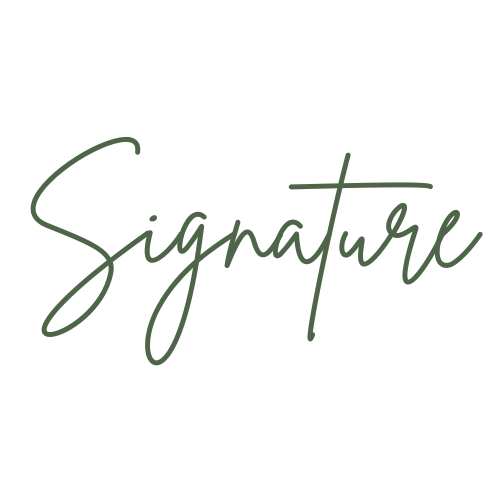Andy Warhol Authentication
Andy Warhol, one of the most influential artists of the 20th century, forever changed the landscape of contemporary art with his embrace of commercialism, celebrity culture and mass production. Born in Pittsburgh in 1928, Warhol began his career as a commercial illustrator before rising to prominence in the 1960s as a leading figure in the Pop Art movement. His iconic works, such as Campbell’s Soup Cans, Marilyn Diptych and Brillo Boxes, blurred the line between high art and popular culture, challenging traditional ideas about originality and artistic value. Warhol’s use of silkscreen printing allowed him to mass-produce images, further questioning the nature of art in the age of mechanical reproduction.
Warhol’s fascination with fame, consumerism, and the media extended beyond painting and printmaking; he also explored filmmaking, photography and performance. He became a cultural icon himself, running his studio, "The Factory," which became a hub for artists, celebrities, and socialites. His influence on contemporary art is unparalleled, and his works remain some of the most coveted in the art world today.
However, Warhol’s prolific output and innovative techniques have also led to significant challenges in the world of Warhol authentication. The artist’s use of mass production, assistants and repetition has complicated efforts to determine the authenticity of works attributed to him.
The Challenge of Warhol Authentication
One of the most unique challenges in authenticating Andy Warhol’s work stems from his approach to art-making. Warhol’s use of mechanical processes, such as silkscreen printing, often involved assistants executing much of the work under his supervision. This raises complex questions about authorship—does a work created by Warhol’s assistants still qualify as an original Warhol? The repetitive nature of his iconic imagery also complicates the authentication process. Multiple versions of the same image can exist, and forgeries can closely mimic the artist’s mechanical style.
Warhol’s works have become prime targets for forgeries due to their popularity and the significant financial value they command at auction. His decision to blur the lines between art and commercial production—intended to provoke questions about the nature of art—has ironically made his works more susceptible to being copied and misattributed.
For many years, the Andy Warhol Art Authentication Board was responsible for authenticating works attributed to the artist. However, the board was dissolved in 2011 after a series of lawsuits, leaving a gap in the formal authentication process. Today, collectors, galleries and auction houses must turn to independent experts and art authentication firms like Signature to ensure the legitimacy of Warhol’s works.
Signature’s Approach to Warhol Authentication
Given the complexities of Andy Warhol’s working methods, authenticating his pieces requires a detailed and multi-faceted approach. At Signature, we provide comprehensive research and forensic analysis to address the unique challenges presented by Warhol’s art, ensuring that each work attributed to him is thoroughly examined for authenticity.
Comparative Analysis: Warhol’s work spans a wide range of subjects and mediums, from silkscreen prints and paintings to films and photography. Signature’s experts closely compare the suspected work with authenticated pieces from the same period, examining key elements such as subject matter, composition, and printing technique. We analyze stylistic consistencies in Warhol’s use of color, layering, and repetition, while also considering the role of his assistants in the production process.
Provenance Research: A crucial step in Warhol authentication is verifying the provenance, or history of ownership, of the artwork. Establishing a clear and documented chain of ownership helps authenticate a piece, especially given Warhol’s reliance on assistants and mass production techniques. At Signature, we meticulously research sales records, exhibition histories, and relevant documentation to ensure that the work can be traced back to a legitimate source. When provenance records are incomplete, our experts dive deep into archives to uncover supporting evidence that can confirm the piece’s legitimacy.
Scientific Analysis: Given Warhol’s use of silkscreen printing and other mechanical techniques, forensic tools are essential in determining whether a work attributed to him is authentic. At Signature, we employ techniques such as pigment analysis, UV light examination, and microscopic investigation of the layers of ink and paint used in the work. These methods help confirm whether the materials and techniques align with those employed by Warhol during his career. For example, identifying anachronistic inks or materials not available during Warhol’s time would raise concerns about authenticity.
The Legal and Financial Stakes of Warhol Authentication
Given Andy Warhol’s enormous impact on contemporary art and the high value his works command, the stakes of authenticating a Warhol piece are substantial. Genuine Warhol works can sell for millions of dollars at auction, making them a valuable investment for collectors and institutions. Conversely, purchasing a misattributed or forged piece can lead to significant financial losses, legal disputes and reputational damage for galleries, auction houses and collectors.
Auction houses and galleries dealing with high-value Warhol works require expert authentication to confirm the piece’s authenticity before proceeding with a sale. For buyers, investing in an authenticated Warhol provides not only cultural significance but also a financially secure asset. However, the discovery of a forgery can result in legal complications and financial setbacks.
At Signature, we understand the high stakes involved in authenticating Warhol’s works. Our detailed research and advanced forensic techniques provide clients with the assurance that their investments are secure. By thoroughly validating the authenticity of each piece, we help collectors, galleries and institutions navigate the complexities of Warhol’s market with confidence. Contact us today to learn more about how Signature can assist with Warhol authentication.

